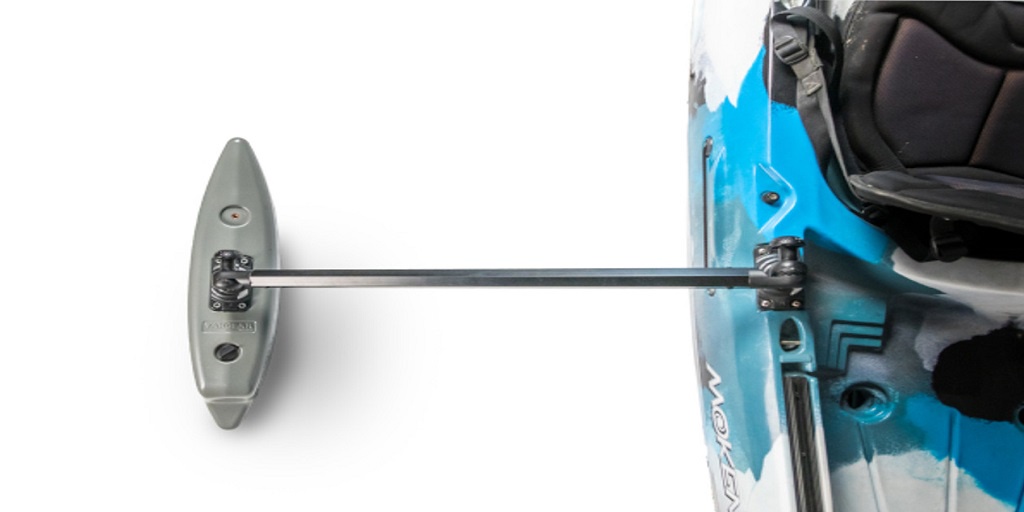Kayaks are ideal watercraft for fishing, and in some ways, they are the best. When paddle-powered, they are almost completely silent; they are very light, very maneuverable, and draw almost no water, meaning you can go effectively anywhere to reach the fish.
This all comes at a cost, though. By their nature, even the most stable kayaks or canoes are friskier than larger vessels, and, for better or worse, even some experienced yak fishermen struggle with handling and stability.
Some kayaks just want to roll, and that makes both tracking and fishing challenging. Fortunately, there are things you can do to improve both handling and stability. Here are some of them.
Lower Your Seat Height
This is probably the most important thing you can do to improve kayak stability. The higher your center of gravity, the more the vessel will want to roll - and this is true of all watercraft, kayaks or otherwise.
Bringing your seat as low as is possible will significantly lower your center of gravity, making it much easier for you to handle the yak. It won’t eliminate pitching and rolling, but it will help in a big way.
Redistribute Some Weight
If you’re already as low as you can go, so to speak, another thing you can do is make an effort to redistribute weight in the kayak.
Granted, this is only applicable if you’re carrying a lot of tackle and other gear, so you can disregard this if you aren’t, but if you are, make sure that your gear is as low in the hatches or against the deck, and as close to the centerline of the keel as possible.
Even a slightly off-balanced kayak will want to roll to the over-weighted side.
Be Conscious About Paddling
How you paddle can also impact how the kayak tracks, and how it handles. Take longer, straighter strokes and apply even power through your strokes on each side of the kayak.
Short, choppy strokes will cause the kayak to yaw over to one side or the other, which will not only cause tracking issues, but trying to compensate for a kayak that isn’t tracking how you want can also make the kayak want to roll.
Smooth, easy, long strokes, with even force applied on each side of the boat will help keep the yak tracking straight, with a lower likelihood of rolling.
Invest in Outriggers for Your Kayak
If all else fails, one more thing you can think about doing is getting some outriggers for your kayak.
Outriggers are like small pontoons that you can attach to both the starboard and port sides of your craft, which provide additional stability - sort of like an improvised catamaran.
There are even special outriggers for kayaks, such as YakGear’s Gen 2 outriggers that can be attached via an easy-to-install RAILBLAZA system.
These outriggers can be raised and lowered at any time (such as if you’re getting close to a structure) or removed, leaving only the rail base (facilitating easy transport).
A system like this can vastly improve your stability in choppy conditions, while paddling, or when standing and casting to fish.
Gear Up: No Bad Days Kayaks
There is one more thing you can do if none of these ideas cuts it for you - you can get a new kayak.
Let’s face it, some kayaks are just inherently more stable than others. Sometimes the best fix is just to get a new boat.
Visit No Bad Days Kayaks via the previous link and get in touch with their customer service. They sell a wide range of extremely stable kayaks (including hybrid kayaks for hunting and fishing) and can help offer you a personalized recommendation if your primary concern is stability.
For more information about Old Town PDL 120 and Jackson Kayaks Please visit: No Bad Days Kayak.


No comments yet